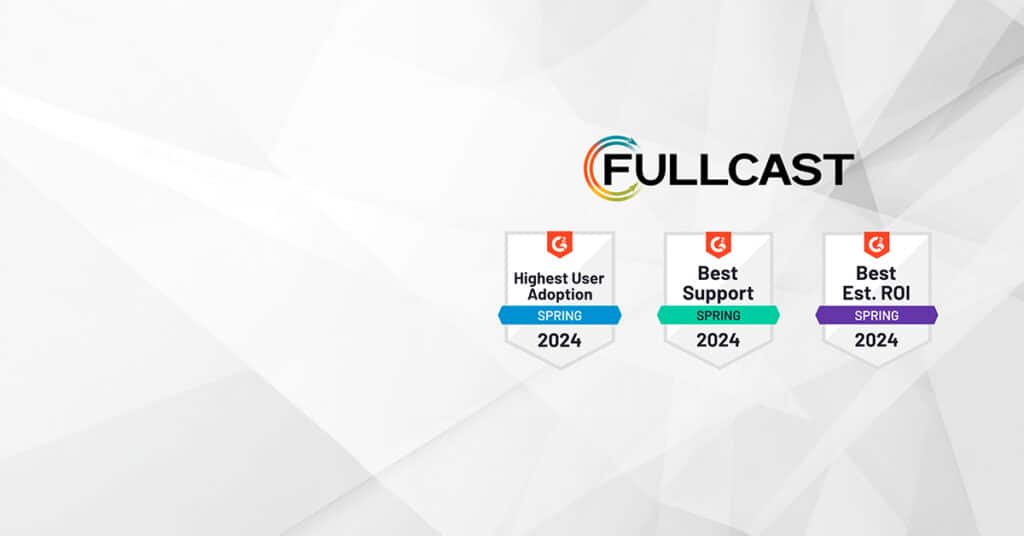Why You Need Account Routing
“Speed to lead” has become a sales mantra. And that’s why lead routing is often the first RevOps process that gets automated. But leads are just one type of object that lives in your CRM. Once a lead progresses, you have accounts, opportunities, cases, etc. For each of the objects, you may have various statuses or stages. Who owns the objects at each stage? Is there a single owner or do multiple roles need to be involved? Role types and statuses and CRM objects aside, remember that the CRM and any related automation should help your organization optimize for the customer experience. One of the most effective ways to improve customer experience is to connect your customers with the right resources at the right time.
With the recent paradigm shift from “growth at all costs” to “sustainable growth,” companies have embraced the notion that revenue through retention and upsells is infinitely more valuable than new logos. The emphasis on existing customers exposes shortcomings in the way that customer support resources are allocated.
A lot of thought goes into annual sales planning and territory carving, as strategy and ops teams shift from purely geographic territories to more effective and equitable approaches. Yet, compared to the robust GTM planning and modeling for sales, customer support resources are often assigned in a less strategic manner. This can create huge imbalances. For example, two customer support managers (CSMs) may have the same number of accounts, but one has multiple large accounts with high support needs, making her overburdened and unable to adequately service those accounts, while another CSM’s accounts are smaller or less complex, making her often idle. Compare this to an approach where CSM workloads are balanced on factors that support the execution of an expansion strategy while also creating predictability and reliability for your team and your customers. Taking time to invest in GTM planning for your entire revenue organization is crucial and account routing is an important part of the equation.
How to Route Accounts Efficiently and Effectively
Account routing is essentially a way of operationalizing your GTM plan and customer journey. For example, consider what happens when a new lead enters your system. Do you want to route leads first to a sales development representative (SDR) but the corresponding account to be assigned to an account executive (AE)? Or what happens when you have a lead come in from an enterprise company that is already in your CRM as a customer? What if you want customer accounts to have both an account executive AE and CSM? Who is the account owner then?
Clearly there are multiple approaches to account routing, with varying degrees of complexity. Here, we’ll break down two approaches.
Routing Rules for Account Ownership
This approach takes your GTM design and sales process and routes accordingly. You assign roles to each of your segments and then you set up routing rules according to account status. While it may seem overly simplistic, this approach has important outcomes. For example, when a lead comes in, it gets routed to an SDR who begins to qualify it. Once it’s determined to be a legitimate account, the account is created and automatically routed to the correct AE. So now, the lead object is owned by the correct SDR and the account object is owned by the correct AE. And this all happens automatically.
Why does this matter? One simple use case: If the SDR’s qualification moves quickly, she can schedule the demo with the correct AE without delay. Without account routing, you inevitably have lag that prevents the SDR from booking quickly. Even if the SDR can book a meeting without an account owner specified, chances are higher there would be adjustments to the meeting time, thus introducing unnecessary friction in the buyer journey.
In order to execute on this approach, first determine which account statuses you will use and the specific conditions for each one. Then, determine which role will own the account at that stage. The most critical places to pay attention are where you will have a handover. For example, at what stage do you pass the account from an XDR to an AE?
Routing Rules for Customer Success Territories
Defining customer support territories as part of your GTM design is another way to assign accounts. This approach entails defining CS territories and account routing rules to automate assignment of accounts to CSMs. For example, if your CSMs are incented on upsells, you could create rules that would route accounts to CSMs based on balance of accounts with a certain upsell potential. Perhaps you route based on service level expected or industry specialty. Creating CS territories truly allows you to deploy a strategic approach to managing existing customers.
What might this look like? Say you have a corporate goal of minimizing churn. You identify risk factors for churn, such as low adoption rates, that you factor into your CS territories. It might be that you have specific CSMs who specialize in increasing adoption, so you create a territory consisting of those accounts so that they get the attention and resources they need
In order to execute this approach, think through the meaningful ways to optimize service to your existing customers. Consider the most common expansion and attrition scenarios and identify account criteria that can allow you to segment accordingly.
Automate Alignment With Your GTM Plan
Typically the routing described previously is either done via manual review and assignment by a manager or the rules are recreated in a separate routing tool. The challenge with this process is that every time you tweak an aspect of your GTM plan or teams, you must remember to make the corresponding changes to routing. It may require additional IT support or another admin, which introduces additional lag and error. Even seemingly small changes like an SDR being promoted into an AE role can create problems.
To avoid this scenario, be sure to hard code your routing to teams or territories, not individuals. Lead routing software built into a GTM or territory management platform can easily automate this process and keep execution aligned with strategy, all without spreadsheets or IT support.
Conclusion
Account routing is an overlooked tool that can have a dramatic impact on your ability to retain and upsell existing customers. Most organizations set lead routing and give themselves a pat on the back. Those who think strategically about the end-to-end lead-to-renewal process and orchestrate account routing accordingly will make big gains in optimizing the customer experience and becoming more efficient with resources.











